Almost as an iconic an image of East Africa as the elephants and lions they share the plains with, the Maasai have fascinated me since my very first visit to East Africa in 1994.
Over the years I have returned many times and tried to get a deeper understanding of contemporary Maasai culture – as well as their past – and how the Maasai, wildlife and tourism all interact with one another to shape the Serengeti, Maasai Mara and other regions where the Maasai live. Below, I share a few of my favourite shots from my trips and research, and explore some of the issues that today’s Maasai face.
The Maasai heartlands
The heartlands of the Maasai people are the savannahs of southern Kenya and northern Tanzania (although they also call parts of the central Kenyan plateau home).
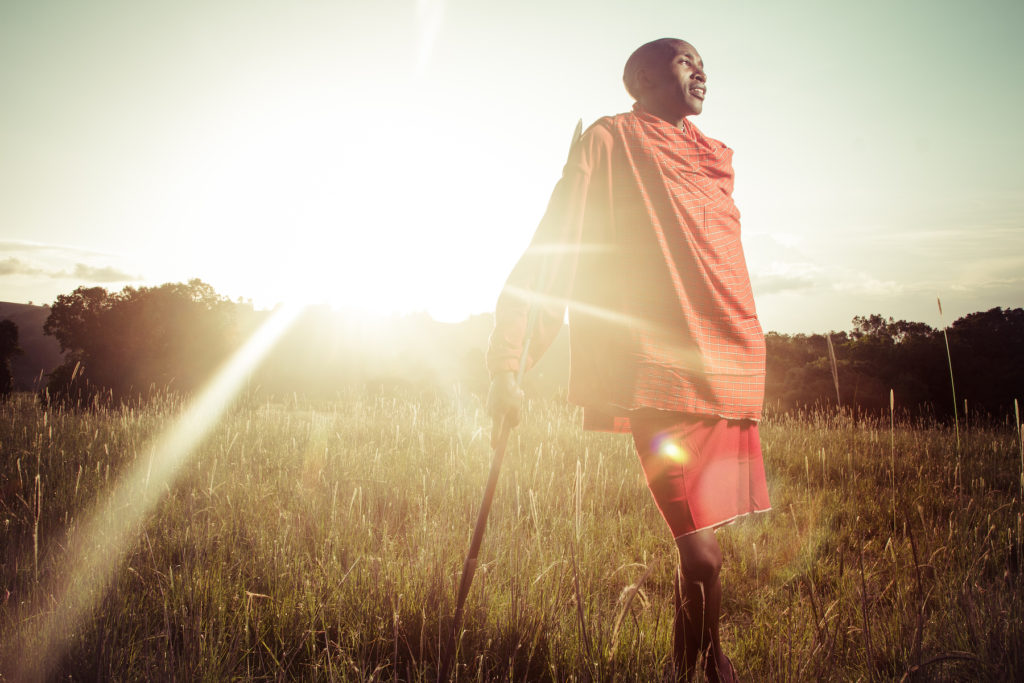
It’s commonly assumed that the Maasai have stridden over the Serengeti plains and other parts of this region since time immemorial, but in actual fact they’re a relatively recent arrival to East Africa and northern Tanzania in particular.
A tribal history
The Maasai are – alongside their very close cousins, the Samburu – a Nilotic people, which means that they originated somewhere along the banks of the White Nile in what is today South Sudan. Other Nilotic people include the Luo, Dinker, Nuer and Kalenjin. At first there was little difference between any of these groups, but slowly, over time, they spread out of their homeland areas and moved south (it’s been suggested that this was due to growing Islamisation in Sudan).
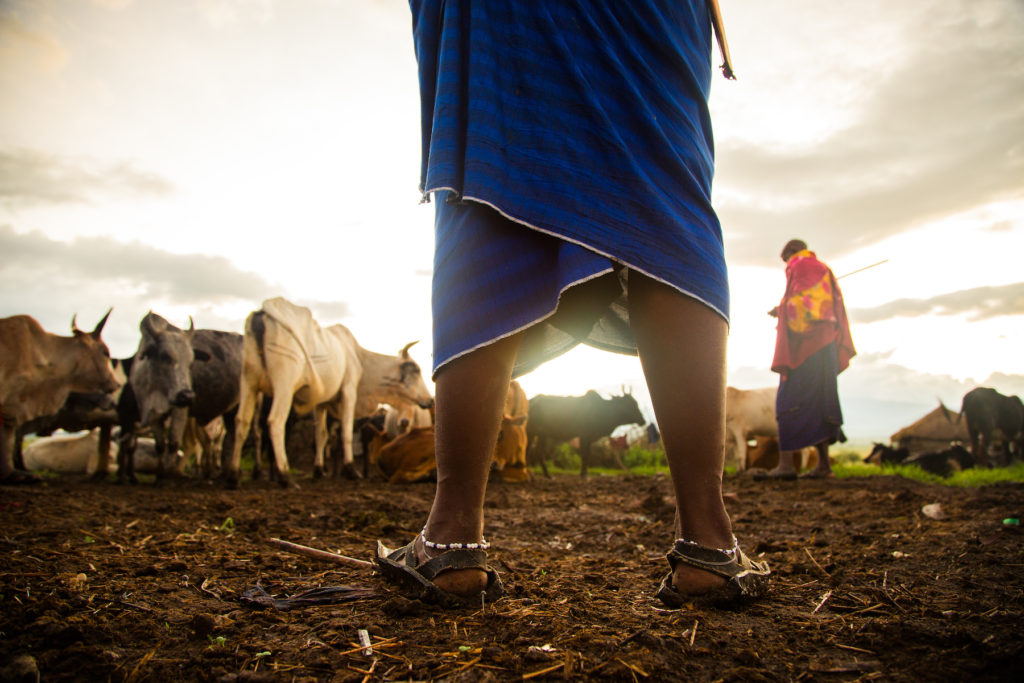
By around the 15th century, the Maasai were based around Lake Turkana in the searing deserts of north Kenya and it wasn’t until about 1850 that they reached the Ngorongoro (in northern Tanzania and today a Maasai heartland). Indeed, when the first European explorers and settlers arrived in the region starting in the mid-19th century, the Maasai still rarely ventured deep into the Serengeti-Mara grasslands.
Meeting the Maasai Laibon
In traditional Maasai culture one of the central figures of the community is the laibon (or ole laibon) – a person gifted with the power to see the future. They’re not really a fortune teller and they’re certainly not a witch doctor – they’re more like a seer, but some also have the power to cure illnesses. A laibon is the one who advises the community as a whole on the best course of action to take in a given situation.
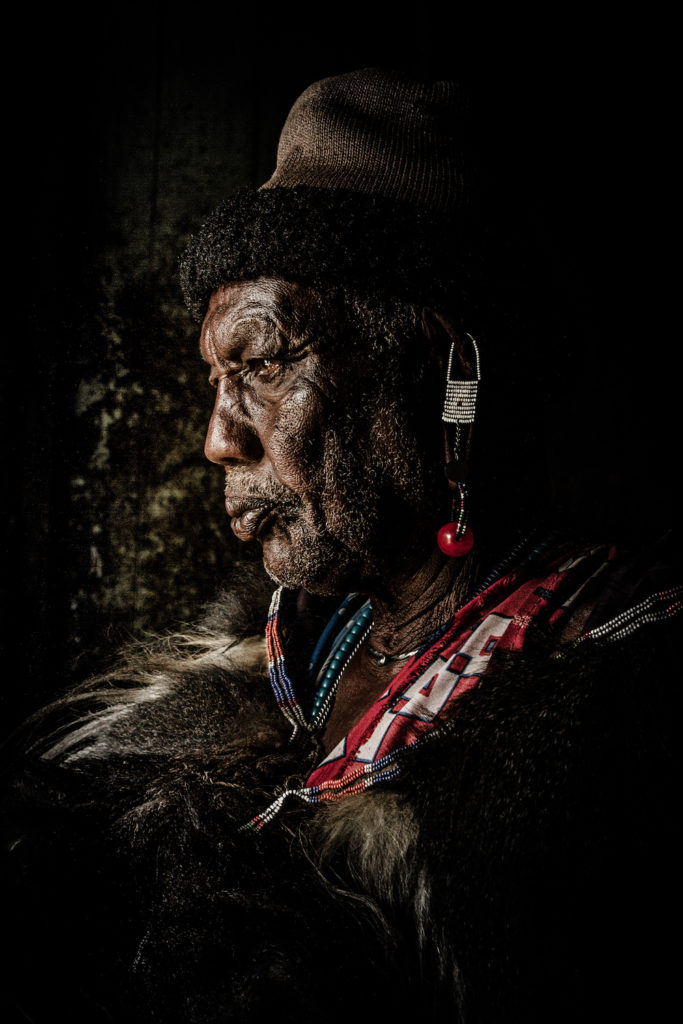
For example, they use their powers to say where the community’s cattle should be taken to in order to find better grazing when there’s a drought. They are the ones who pronounce when the time is right for important ceremonies, such as the initiation of a new set of moran (Maasai warriors). Historically, there is no more respected member of the Maasai community. Today, though, as Maasai culture changes, the role of the laibon is becoming reduced and, in some areas, no more remain.
A true warrior
In tourist regions of Kenya and Tanzania seemingly every other person you meet claims to be a Maasai moran (or warrior). In truth, when it comes to anyone below the age of about 30, very few of them could be a ‘real’ moran in the classic sense of the meaning.
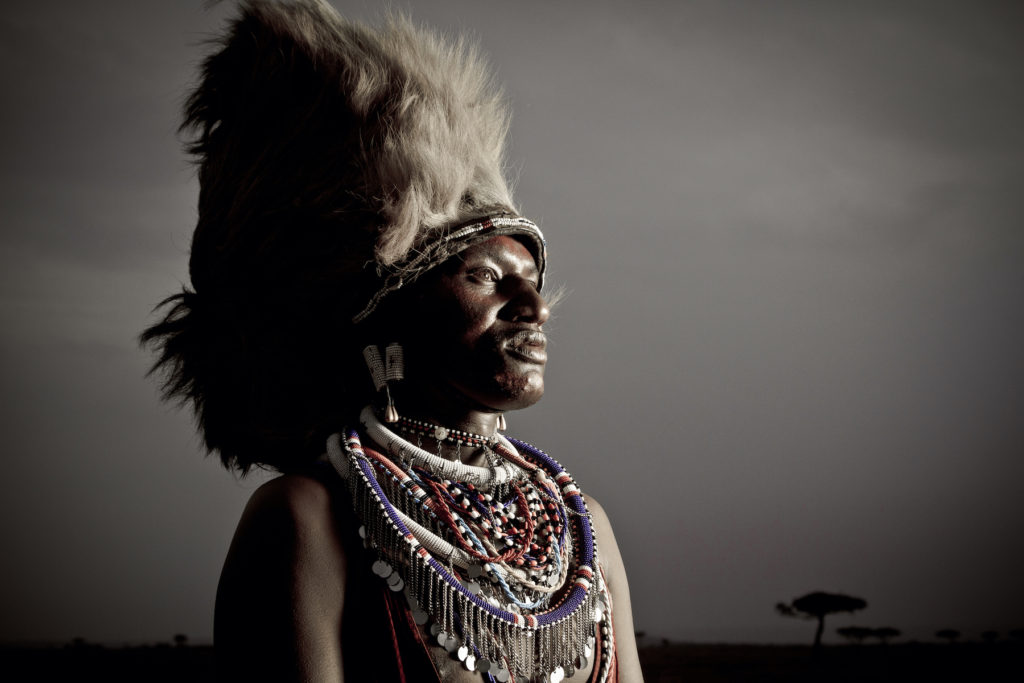
In days past a man would become a moran at around the age of 18 and he would remain one for about 12 years. The moran were effectively the Maasai army and would be tasked with both protecting the villages and cattle and obtaining more cattle through raids against other tribal groups.
Safaris in ‘Maasailand’
One area of work in which Maasai, with or without a formal education, are highly in demand is within the safari industry. Many of Africa’s best-known national parks and other protected areas are within ‘Maasailand’. The Maasai’s intimate knowledge of the wildlife and landscapes means that those of them who speak good English are often employed as guides. Those with less English work as security guards, cleaners and waiters at the hundreds of safari camps and lodges found in southern Kenya and northern Tanzania.
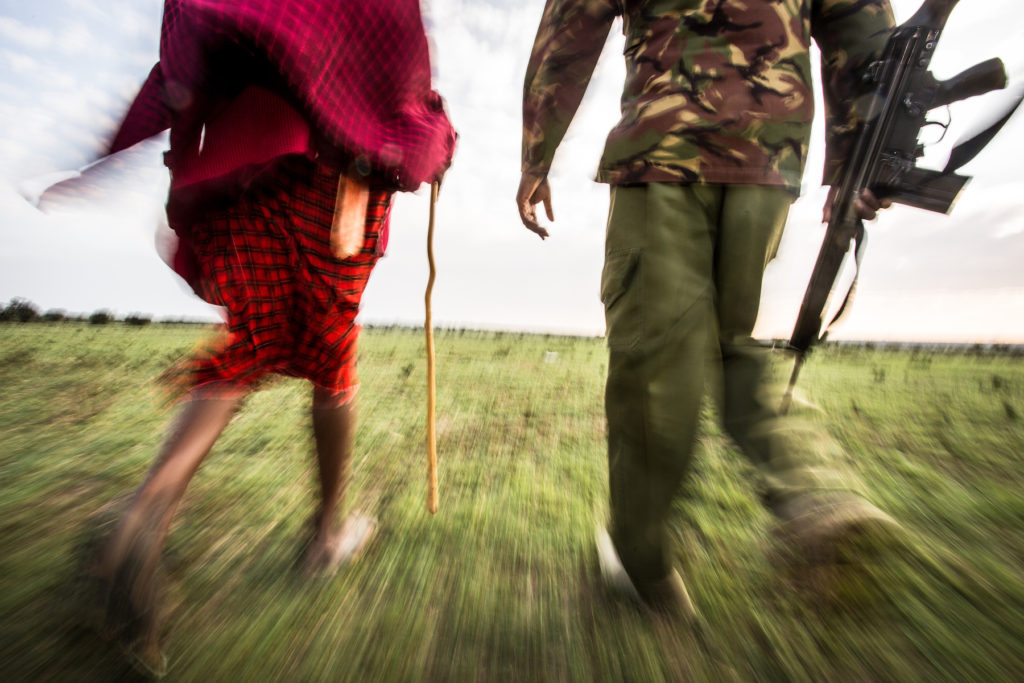
For some Maasai, though, there are still cultural barriers to break down in order for them to work in the safari industry. I spoke to a Maasai man who works as a very accomplished chef in a luxury safari camp and he told me how he had to hide the exact nature of his job from his parents for some years because, in their view, cooking was ‘woman’s work’.
Working on the fringe
Other Maasai make a living on the fringes of the safari industry through selling Maasai jewellery, beadwork and other crafts.
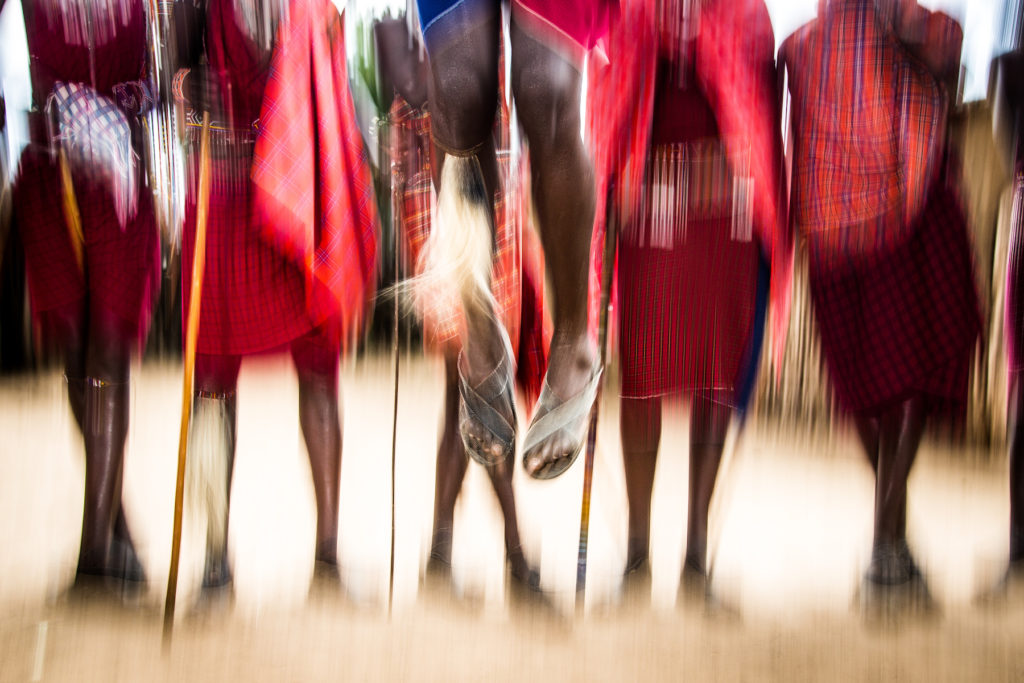
Others work in ‘cultural villages’ where passing tourists can stop and see a traditional Maasai dance and look inside a traditional house. The men pictured here are putting on a typical dance performance.
At odds with wildlife tourism
As beneficial as the safari industry has been for many (normally younger) Maasai, not everyone is happy about wildlife tourism. There are at least 15 national parks and reserves as well as numerous other conservation zones within the parts of Kenya and Tanzania in which the Maasai live, and in some cases the Maasai have actually been removed from their land with little or no compensation in order to make way for wildlife conservation.
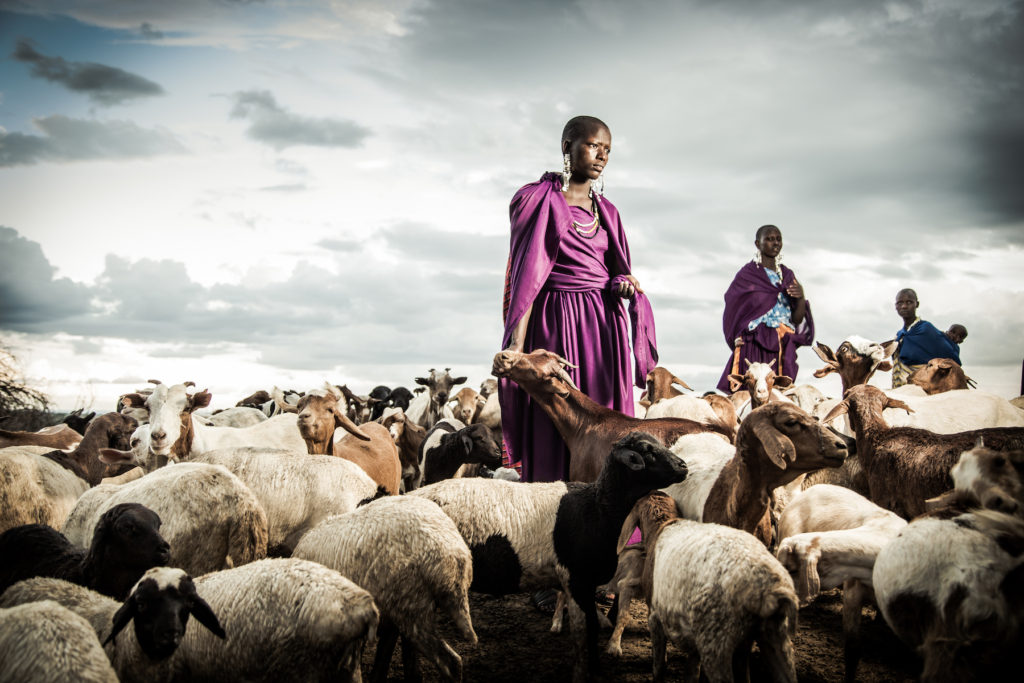
Many also feel that the money generated by wildlife tourism is not being fairly distributed, with the vast majority of it going to local councils or national governments and not being invested in local infrastructure and development projects. Again and again, Maasai living on the fringes of conservation areas told me that they feel the central governments of both Kenya and Tanzania value the life of an elephant over the life of their child.
A spotlight on the apex predator
No other animal is more closely associated with both Africa and the Maasai than the lion. Traditionally, in order to prove that they were a man, a Maasai moran (warrior) had to hunt and kill a lion with a spear. Although this practice is illegal today it does continue on a very small scale in remote areas and is also sometimes used more openly as a form of political protest by Maasai groups. More commonly, though, lions are killed in retaliation for attacks on livestock.
As a large, powerful and potentially very dangerous apex predator, the lion is a divisive animal. For someone in Europe or America watching them on a TV documentary these are graceful, awe-inspiring creatures to be preserved at all costs, but for a villager in Africa who has to live side by side with lions and have the risk, however small that might be, that a lion will take the livestock they depend upon or, worse, their child on the way to school, then lions are not so fondly looked upon. Because of this, just as was done to large predators in Europe and North America, as the human population in Africa has grown over the past century and human-lion conflict increased, so lions have been persecuted. They’re shot at, speared and poisoned (along with anything else that eats the poison-laced carcass laid out as a trap for the lions).
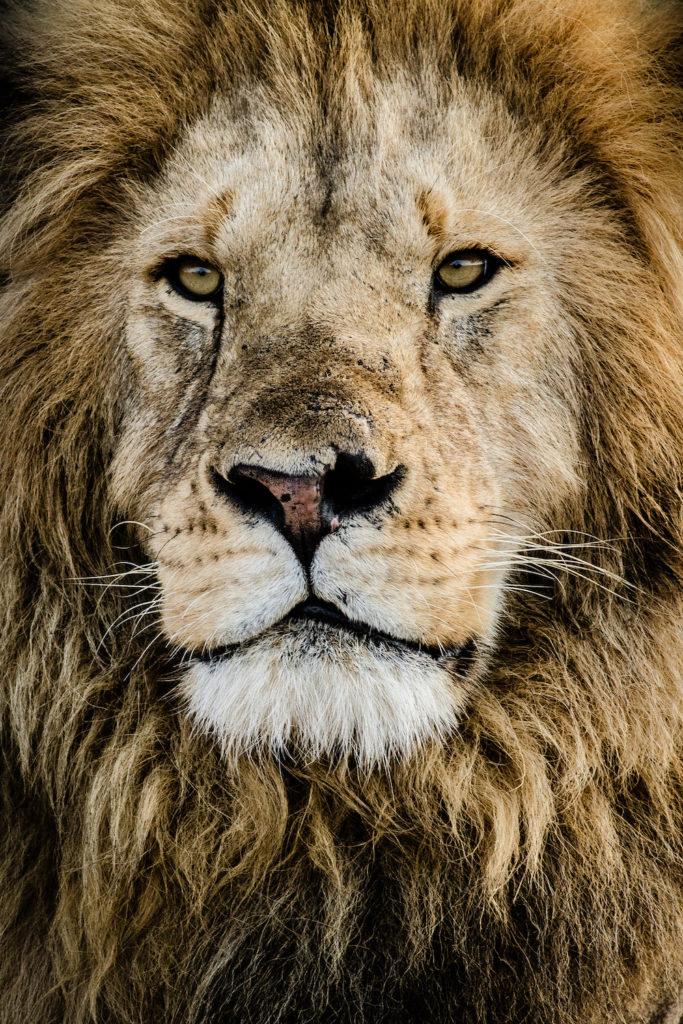
This kind of reduction of lion numbers receives a lot of media attention, as does the paid-for trophy hunting of lions by western hunters (a debate which is often crowded with misinformation and in which some of the voices shouting the loudest are from people who’ve never even set foot in Africa). But the real threat to African lions isn’t from direct killing by humans. It’s through habitat loss.
Accurately counting lions in the wild isn’t an exact science and quoted figures for the number of lions left in Africa and the speed with which their numbers are dropping are likely to vary considerably depending upon the person you ask and their motivations (a pro-lion hunting group, for example, is likely to give a far higher figure for remaining lions than an animal rights group or lion-specific conservation charity both of whom are more likely to give the lowest possible figures, although these numbers are not necessarily any more accurate than those used by the pro-hunting lobby).
However, all indications are that over the past 100 years Africa’s lion population has dropped enormously. An IUCN report from mid-2015 stated that in the preceding 21 years lion populations in Africa had declined by 42%, and on the IUCN Red List lions are classed as Vulnerable to Extinction, which is one step short of Endangered. Populations in West, Central and East Africa have declined the fastest over this period with an average decline of 60% and in West Africa there are now thought to be only around 400 lions remaining in two distinct populations.
The truth behind a savannah sunset
The sun setting over the savannahs. It’s the classic East African scene and, for many people, it’s a view like this that first makes them fall in love with the wild spaces of East Africa. It can seem like nothing has changed here for centuries and that the savannahs stretch forever. The truth though is very different.
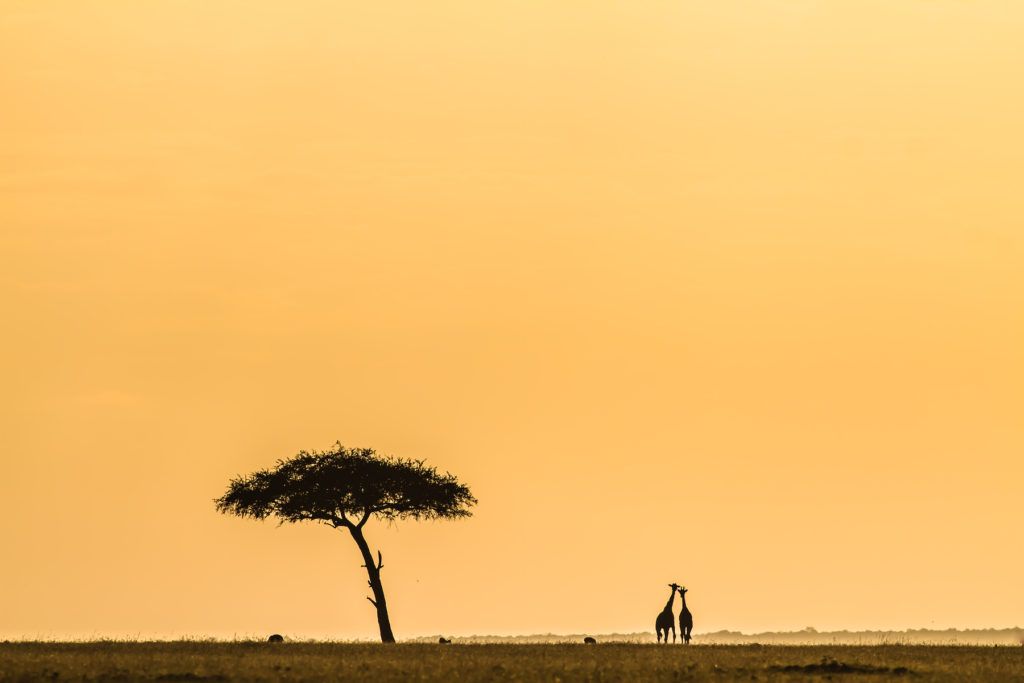
Over the years wildlife populations have risen and fallen, people have come and gone, tree cover has decreased and increased. But today, the savannahs of East Africa and the homelands of the Maasai face an unprecedented threat of an exploding human population, habitat destruction, growing urbanisation and a fast-changing climate.
A matter of preservation
The world’s largest living land animal, the African elephant is as immediately associated with the great plains of East Africa as the lion. But like the lion, the elephant is in big trouble. Tanzania has long been considered to have one of Africa’s largest elephant populations, but even here trouble is brewing. In mid-2015 the Tanzanian government announced that the nation’s elephant population had fallen from 109,000 in 2010 to 43,000 by late 2014, a drop of around 60%. It’s humanity’s desire for elephant tusks that is, alongside habitat loss, largely to blame.
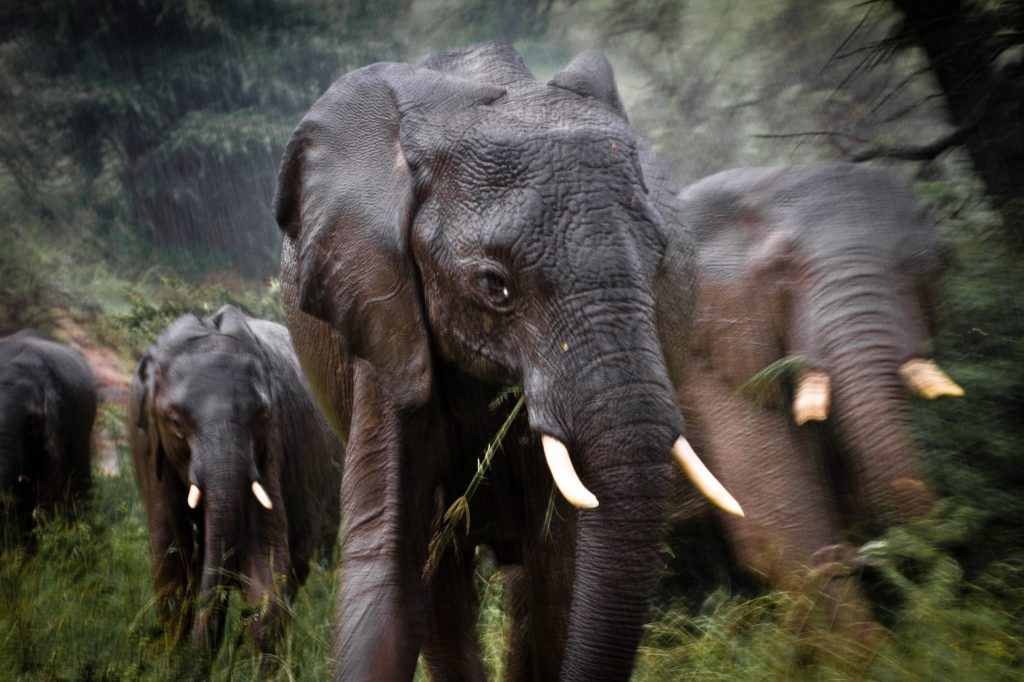
Fortunately there are glimmers of hope. In the past many rural people considered elephants to be a dangerous hazard that ate crops, destroyed fences and could at times even kill people. In general wildlife was considered to be something that was there for the benefit of foreign tourists and not local people.
Today, though, that’s starting to change. Tourism and conservation groups are working ever closer with local communities to ensure that they gain from the wildlife that they live beside. This is done through direct employment opportunities and through the establishment of education and community projects. This has done much to turn the way people think around and make them more likely to report any poaching incidents they hear about. But perhaps even more importantly the average local person is becoming increasingly proud of their wonderful natural heritage and want to preserve it for future generations.
Stuart Butler is a writer, photographer and guidebook author specialising in East Africa, the Himalaya and conservation issues. He has written many magazine and newspaper features on East Africa. In 2015 Stuart and a Maasai friend spent five weeks walking across a great swathe of southern Kenya in order to gather material for his Walking with the Maasai project. For more of Stuart’s work, visit his website.